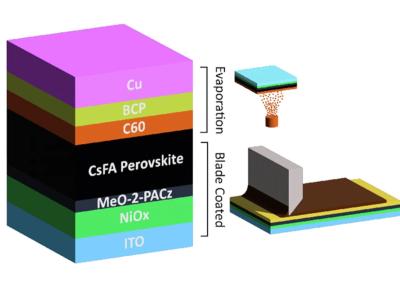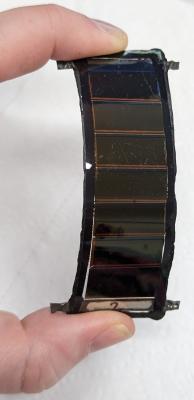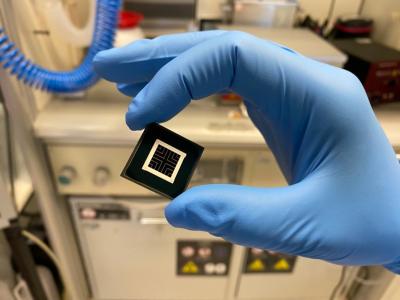Researchers detect and eliminate performance loss caused during the transition from perovskite films to solar cells
Researchers from China's Peking University, Chinese Academy of Sciences (CAS) and Southern University of Science and Technology (SUSTech) have found that the preparation of metal electrodes by high-vacuum thermal evaporation, an unavoidable step in almost all device fabrication processes, often damages the surface of perovskite films, resulting in component escape, defect density rebound, carrier extraction barrier, and film stability deterioration. Therefore, the prepared perovskite film and the final film actually working in devices are not exactly the same, and the contribution of film optimization to the device improvement is weakened.
The team designed a bilayer structure composed of graphene oxide and graphite flakes to eliminate the unwanted film inconsistencies and thus save the film optimization loss. The team proceeded to design efficient perovskite solar cells (PSCs) with a power conversion efficiency of 25.55%, which demonstrated negligible photovoltaic performance loss after operating for 2000 hours.








